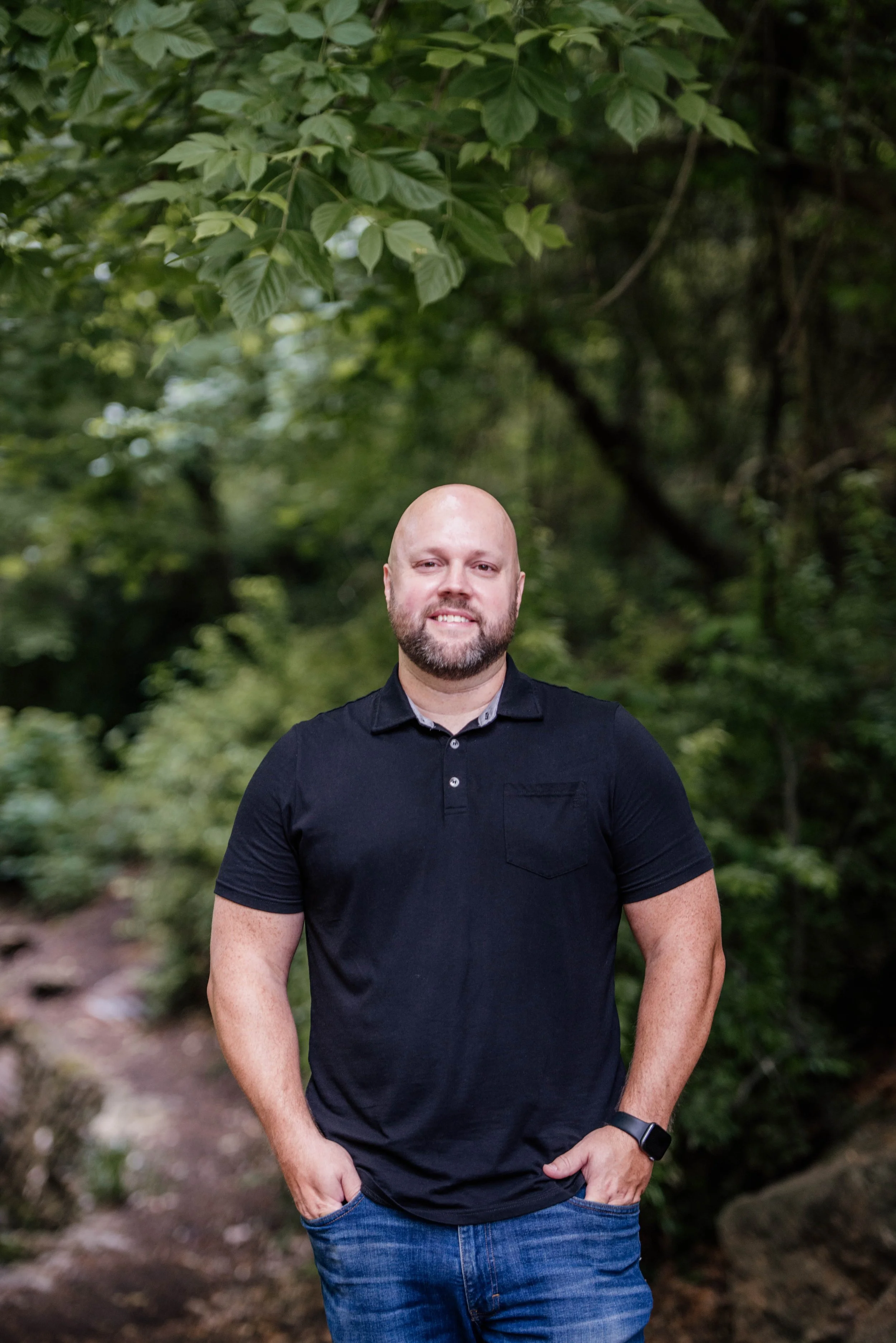Is Using AI for Help Considered Cheating in College?
Learn whether using AI tools like ChatGPT for help—without intent to cheat—still violates academic integrity policies. Guidance for students and educators.
by Christopher Holland
Founder of Academic AI Consulting
All information contained herein is for informational or educational purposes only and does not constitute legal advice. Academic AI is not a law firm and does not offer legal advice. Please consult an attorney before taking any legal action.
I Used AI to Help Me, Not to Cheat. Does That Still Count as Misconduct?
Artificial intelligence tools such as ChatGPT and Grammarly are now widely used by students in both high school and college. Many students use these tools to get help with brainstorming, proofreading, or understanding complex topics. However, with the rise of AI use in education, many institutions are now asking an important question: When does using AI cross the line into academic misconduct?
This article provides a clear answer to a common concern among students and educators: Is using AI for help still considered cheating, even if there was no intent to deceive?
Intent vs. Policy: Why It Matters
Many students believe that as long as they did not intend to cheat, their use of AI should be acceptable. However, most academic integrity policies focus on behavior and outcomes—not just intent.
Even if you used AI as a support tool, your institution may view it as a violation if:
You submitted AI-generated content as your own original work
You did not disclose your use of AI tools, despite school policy
You used AI to complete a substantial portion of the assignment without permission
Intent can be a mitigating factor, but it usually does not excuse a violation of academic guidelines.
Acceptable vs. Unacceptable AI Use
Common Acceptable Uses (with instructor approval):
Using AI for grammar and spelling correction
Brainstorming topics or outlining ideas
Getting help understanding difficult concepts
Generating example problems for study purposes
Common Misuses That May Be Considered Cheating:
Submitting AI-written essays or responses as original work
Having AI edit or rewrite your own writing
Using AI to generate answers on take-home exams or quizzes, using AI to complex problem sets
Paraphrasing AI-written content without citation
Relying entirely on AI to complete an assignment
The difference often depends on whether the AI tool is doing the intellectual work the assignment was meant to assess.
What Do School Policies Say?
Policies vary across institutions. Some colleges now include explicit language about AI use in their academic integrity guidelines. Others are still updating their rules to reflect emerging technologies.
Most schools fall into one of these categories:
Total prohibition: No AI use is allowed unless explicitly stated.
Limited use: AI is allowed for specific tasks like editing, but not content generation.
Permissive with disclosure: Students can use AI but must document how and when it was used.
Failing to follow the policy—even if you believed you were being honest—can still result in disciplinary action. If you have questions, ask before using AI.
How to Stay Safe When Using AI for Help
Read your school’s academic integrity policy carefully. If the language is unclear, ask your instructor for clarification.
Read your syllabus and assignment rules carefully and thoroughly. If your teacher says any form of AI use is prohibited, do not use AI in any way. Pay attention to what AI use, if any, is allowed.
Document your process. Save drafts, notes, prompts, and responses used during the assignment.
Be transparent. If you used AI in any part of your work, consider including a disclosure statement.
Use AI for learning, not producing. If the AI is generating large portions of your final submission, it may be considered academic dishonesty.
What If You Are Accused of Misconduct?
If you are accused of cheating due to your AI use, you have the right to respond and provide context. Be prepared to:
Explain how you used the AI tool
Show your process through drafts or version history
Demonstrate that you understood the material and engaged with the assignment
Even if the use was unintentional or done in good faith, schools may still pursue disciplinary action. Early guidance can help you respond effectively and reduce the risk of serious consequences.
Get Expert Help from Academic AI
At Academic AI, we specialize in helping students and educators understand the evolving rules around AI in education. If you are facing an accusation, need a policy clarified, or want to use AI ethically in your academic work, we are here to help.
We offer:
Individual case reviews and response coaching
AI policy consulting for institutions
Staff and faculty training sessions
AI use disclosure templates for students
📩 Contact Academic AI today to schedule a consultation. Get the clarity, support, and expert analysis you need to navigate AI in education confidently.
My name is Chris Holland. I am an IT engineer and I founded Academic AI to help students, parents, and educators navigate the world of artificial intelligence.
With over 27 years of experience in the IT industry, I founded Academic AI to address a growing need: helping families and educators navigate the complex and rapidly evolving landscape of artificial intelligence in education. As AI tools become more accessible, students are increasingly facing accusations of misuse, while educators are often left without the training or resources to uphold academic integrity effectively. That’s where Academic AI comes in—offering expert guidance, practical solutions, and clarity in a time of uncertainty.
All information contained herein is for education purposes only and does not constitute legal advice. Academic AI is not a law firm and does not offer legal advice. Always consult a licensed attorney before taking any action based upon the information contained herein.


